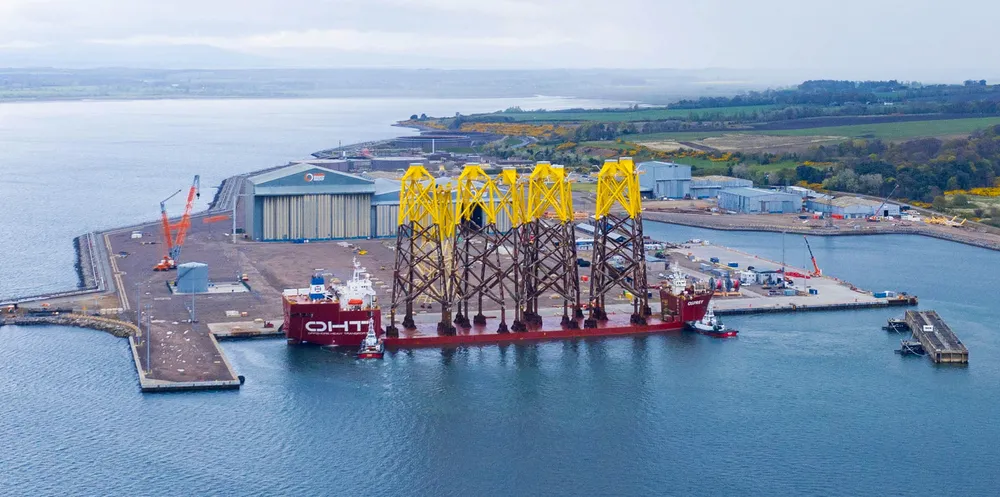UK Global Energy Group and Italian fabricator Rosetti join up for offshore wind and oil gigs
Tie-up will link Scotland's North Sea Nigg yard with manufacturing facilities in Ravenna harbour Sea to build towers, jackets, substations and floating platforms
